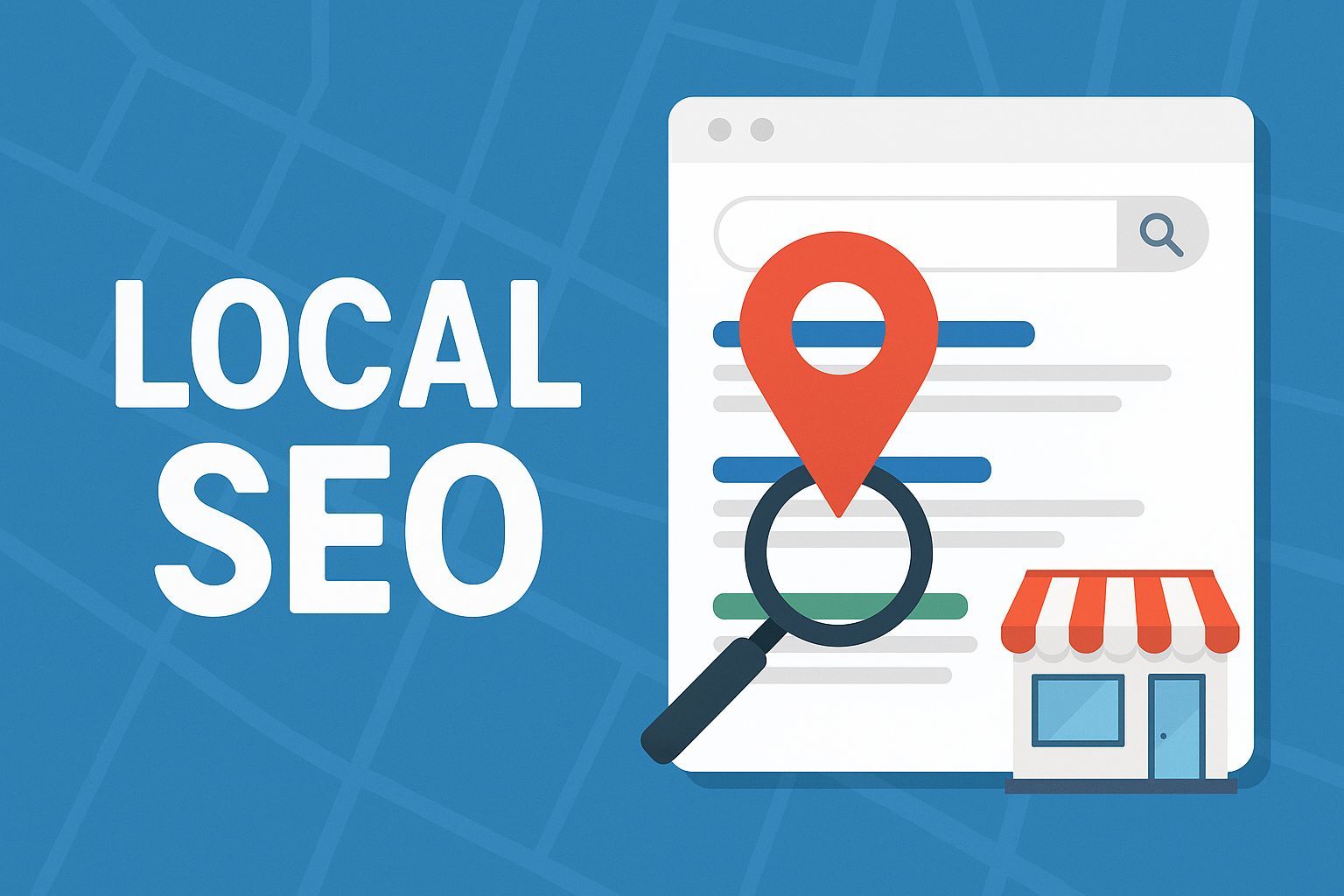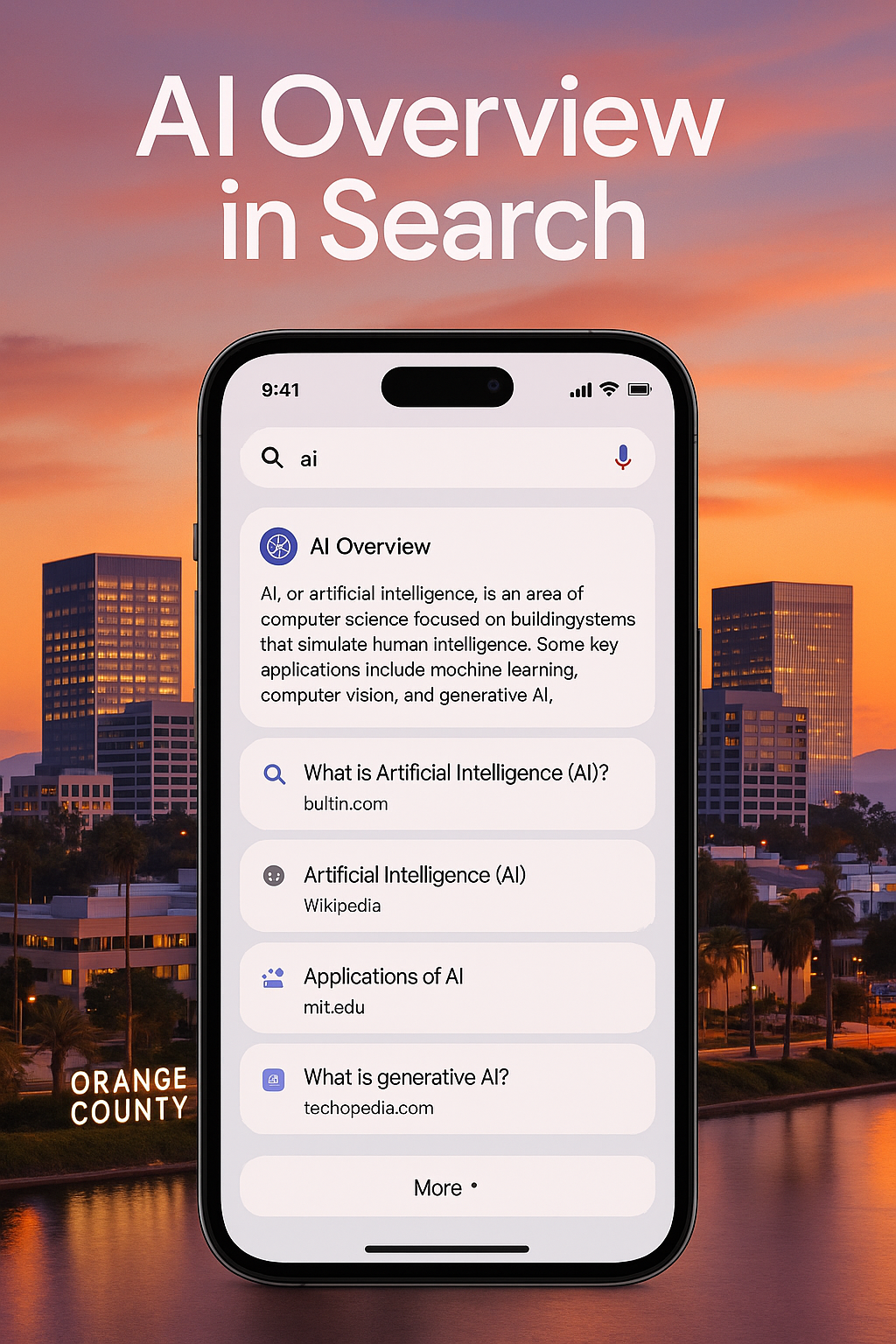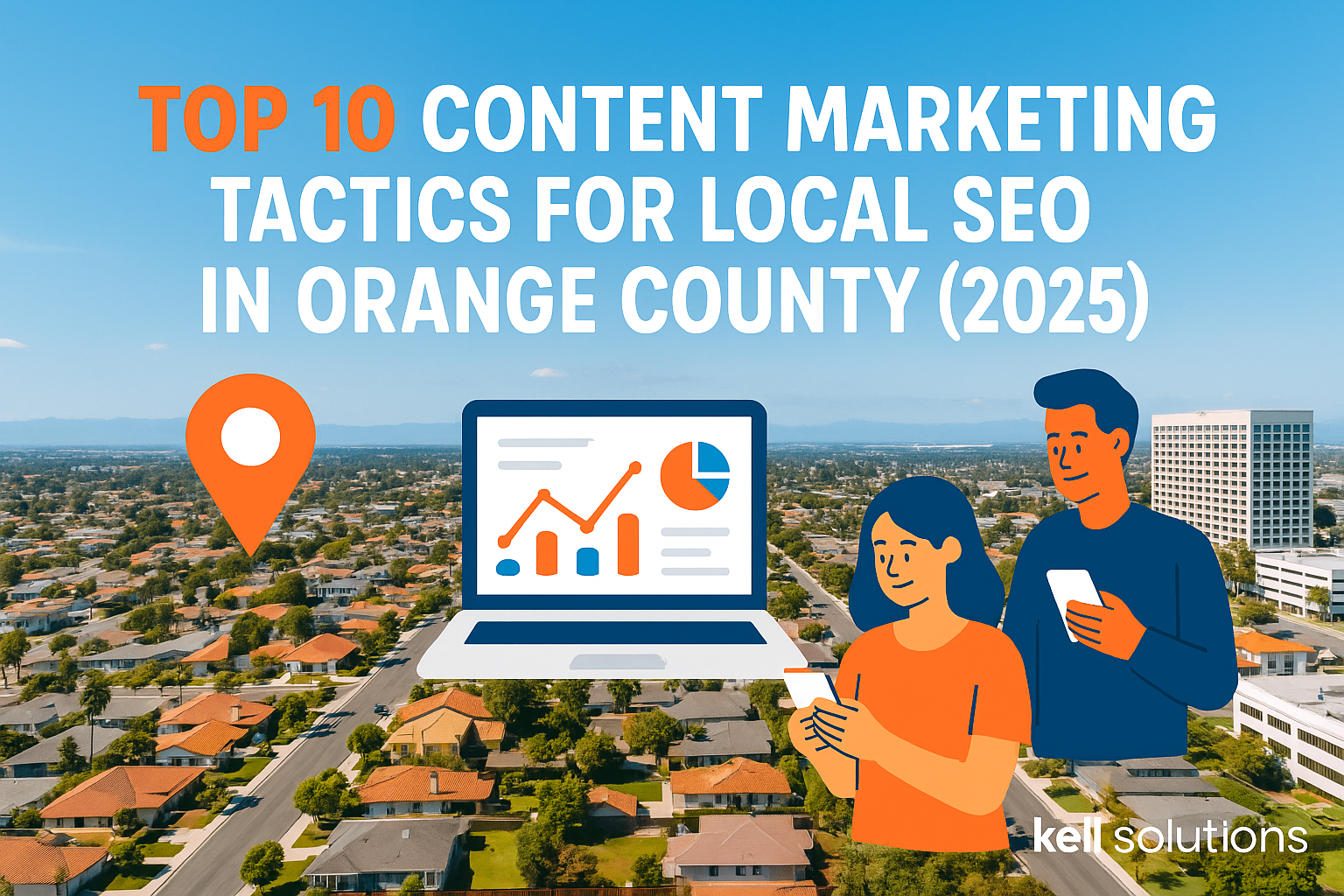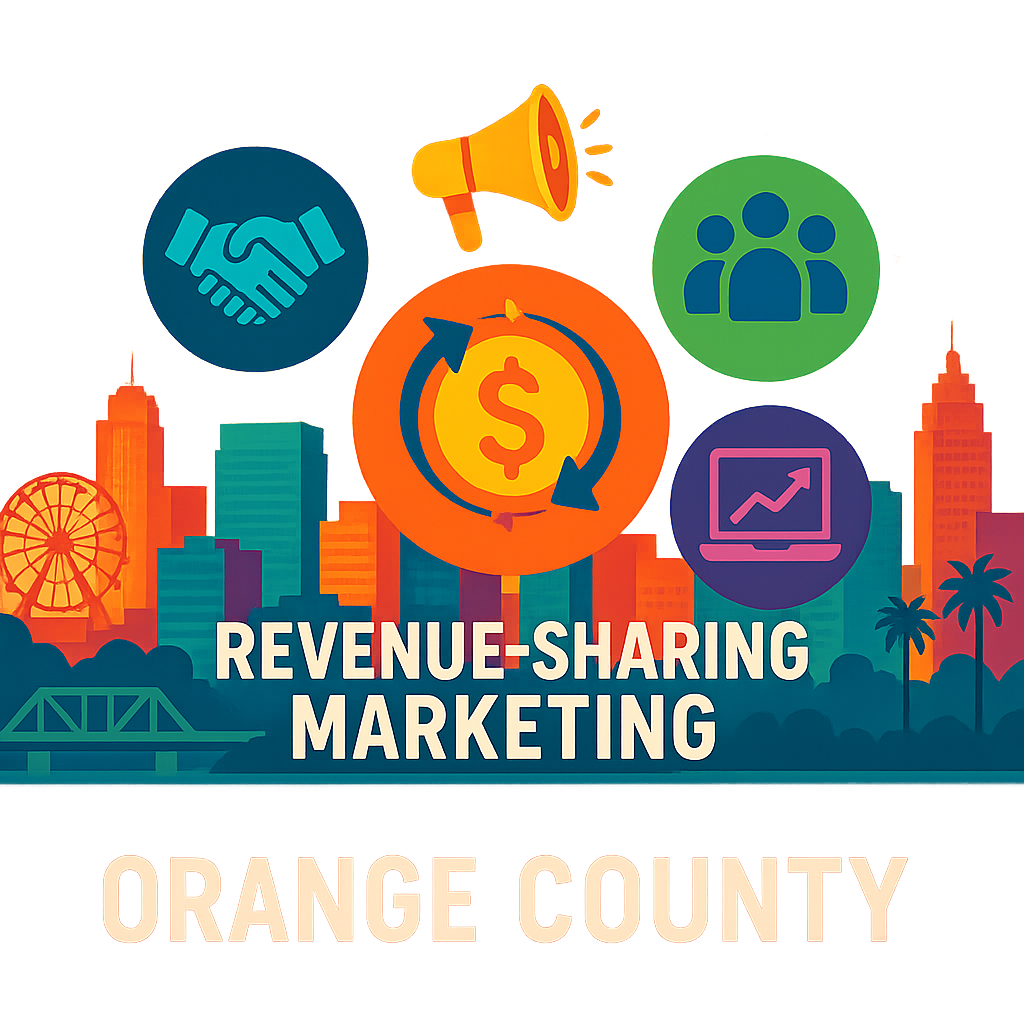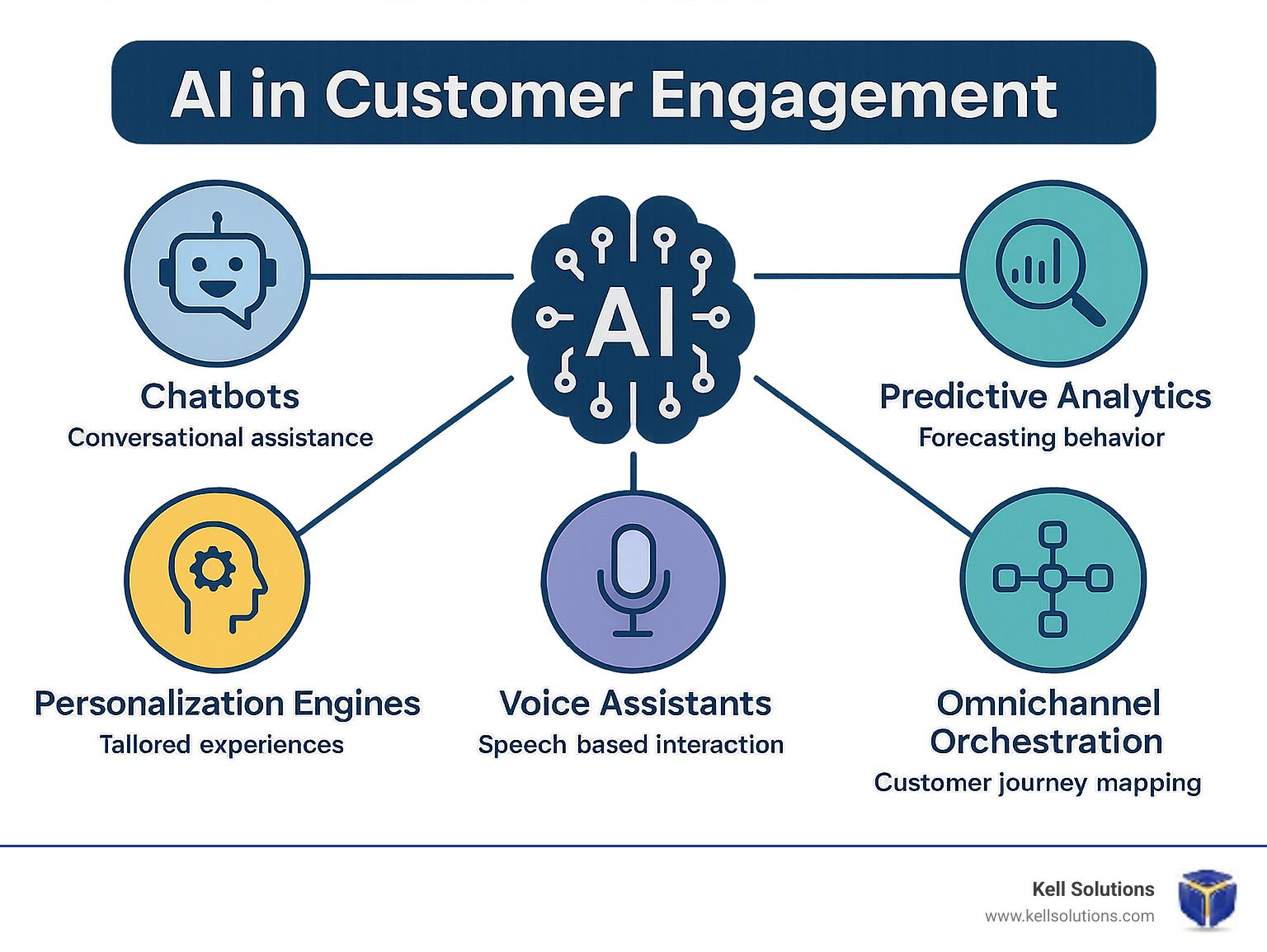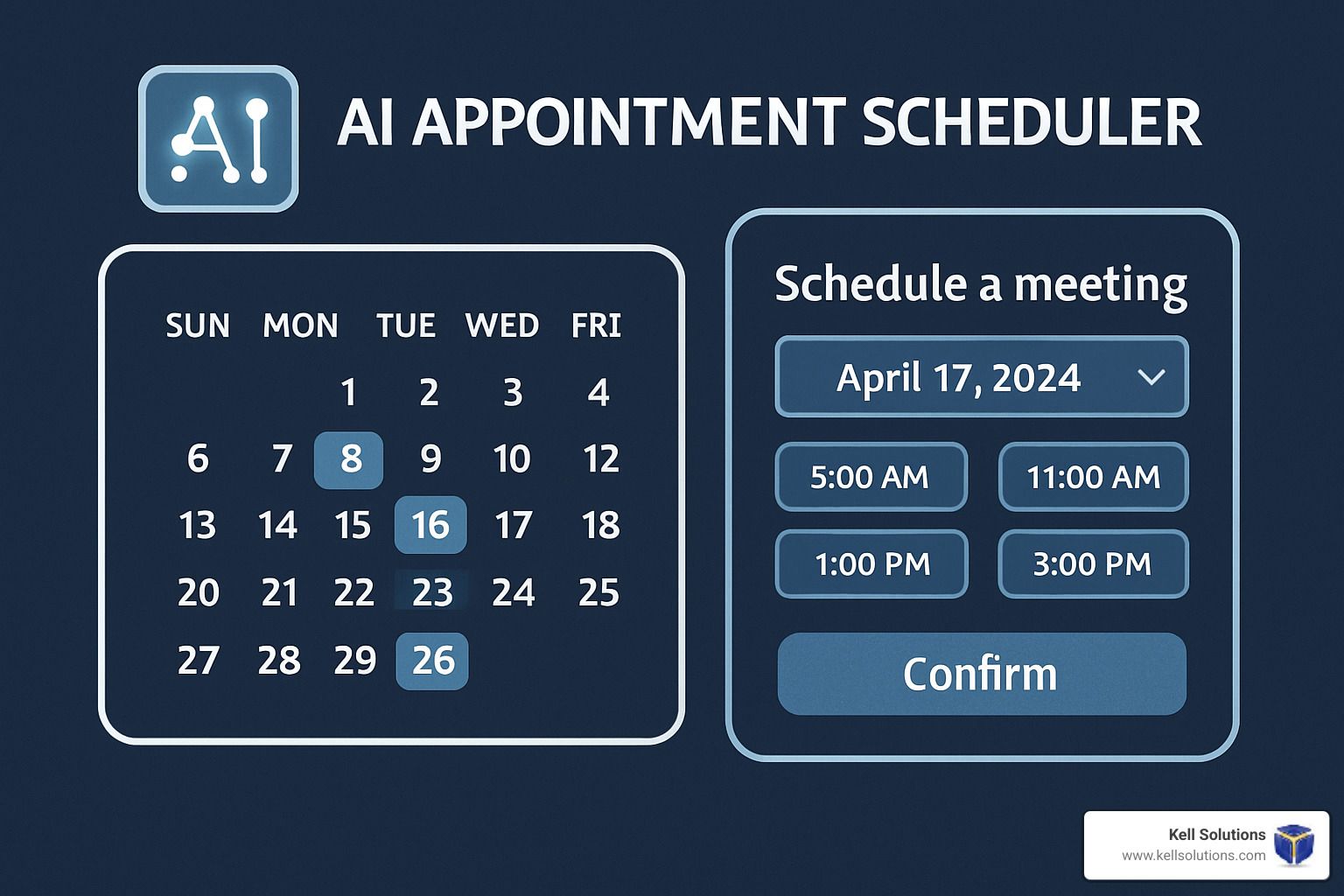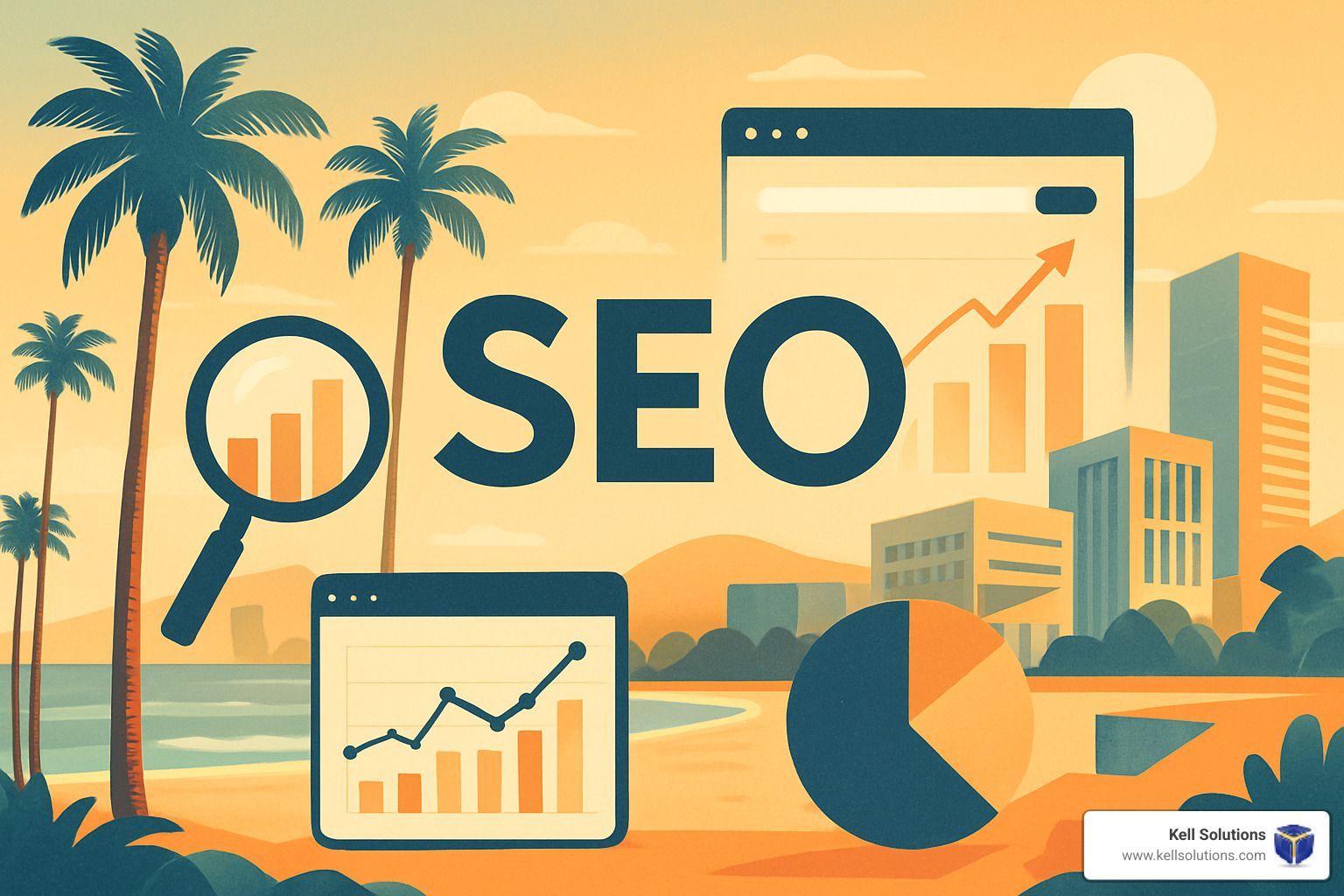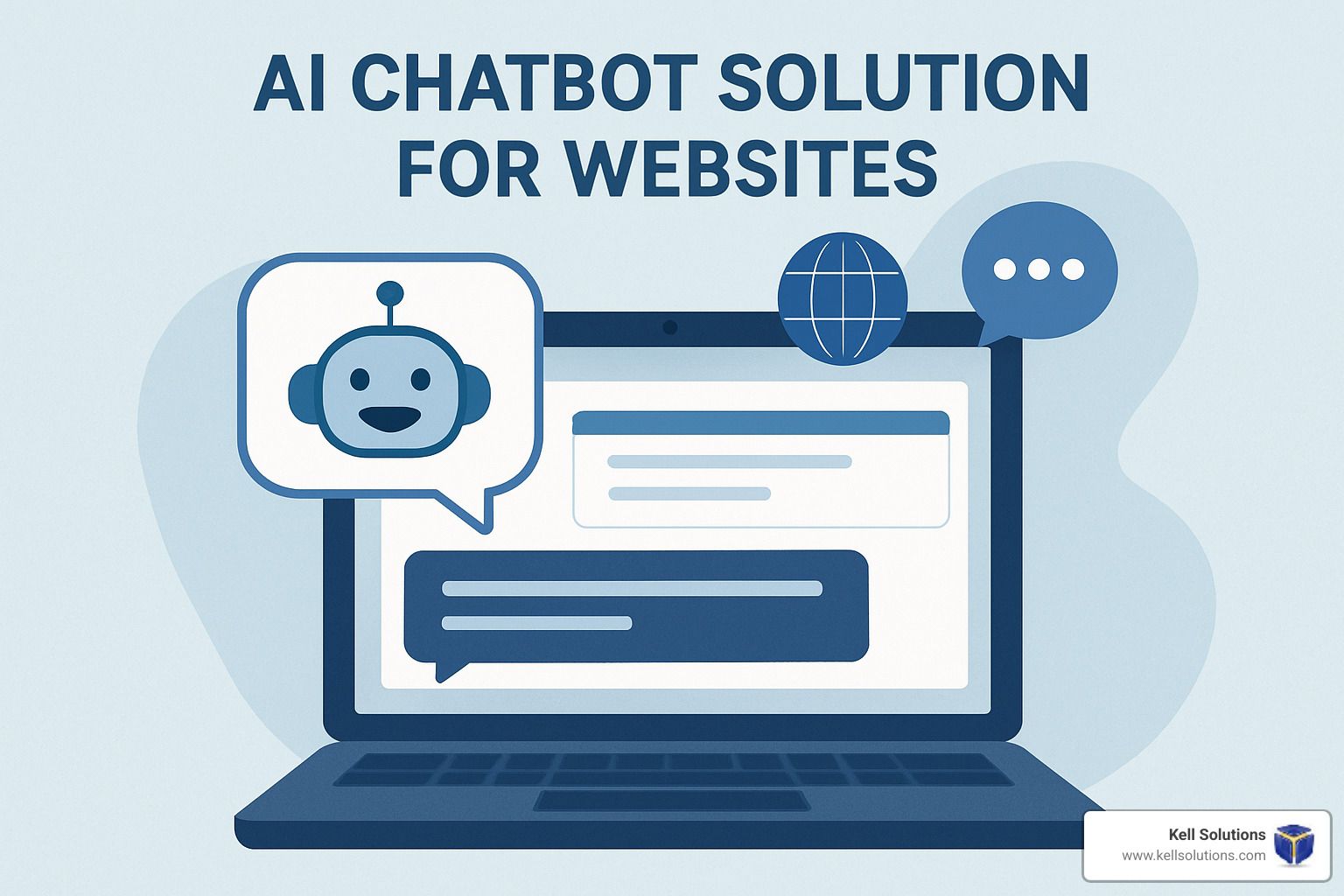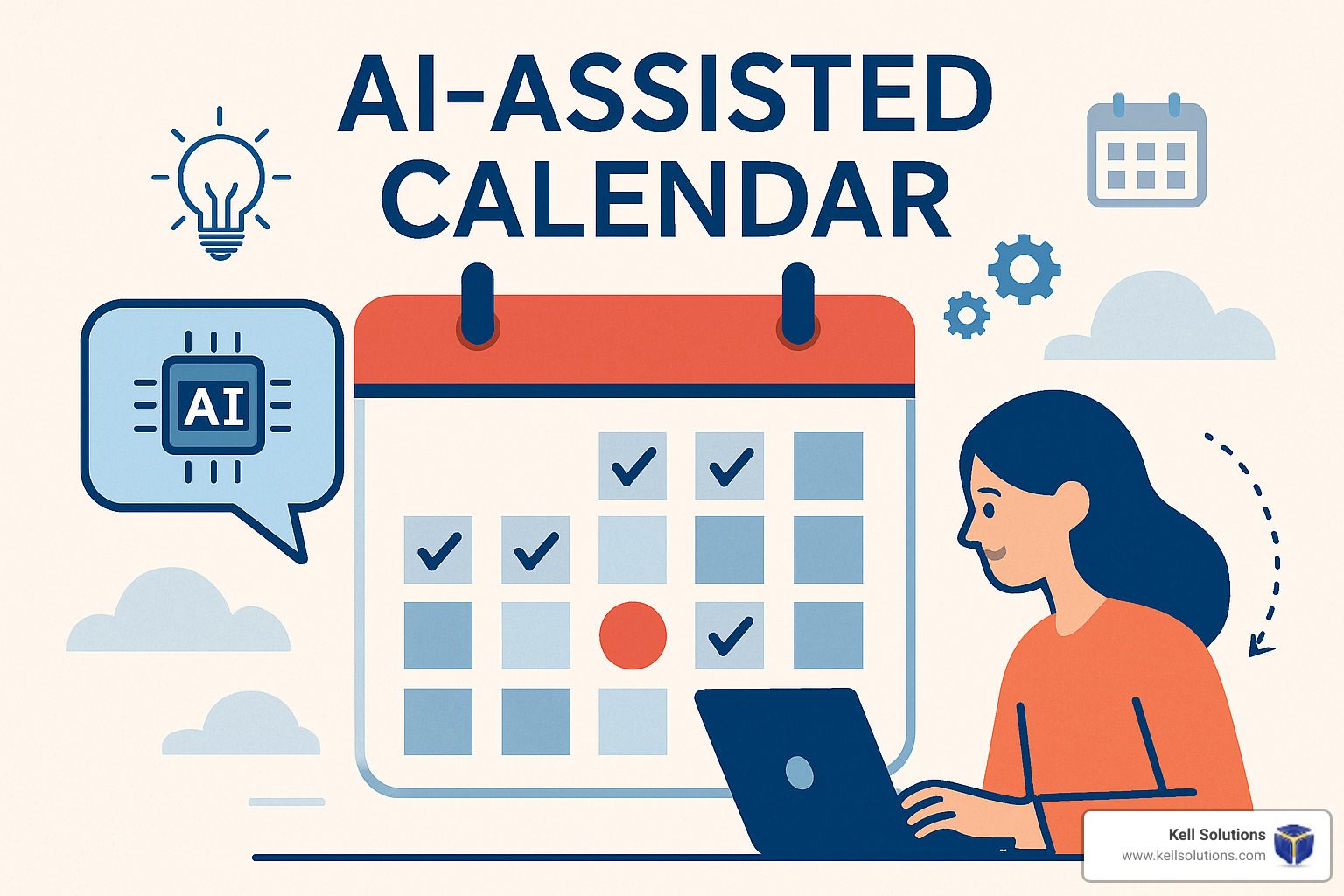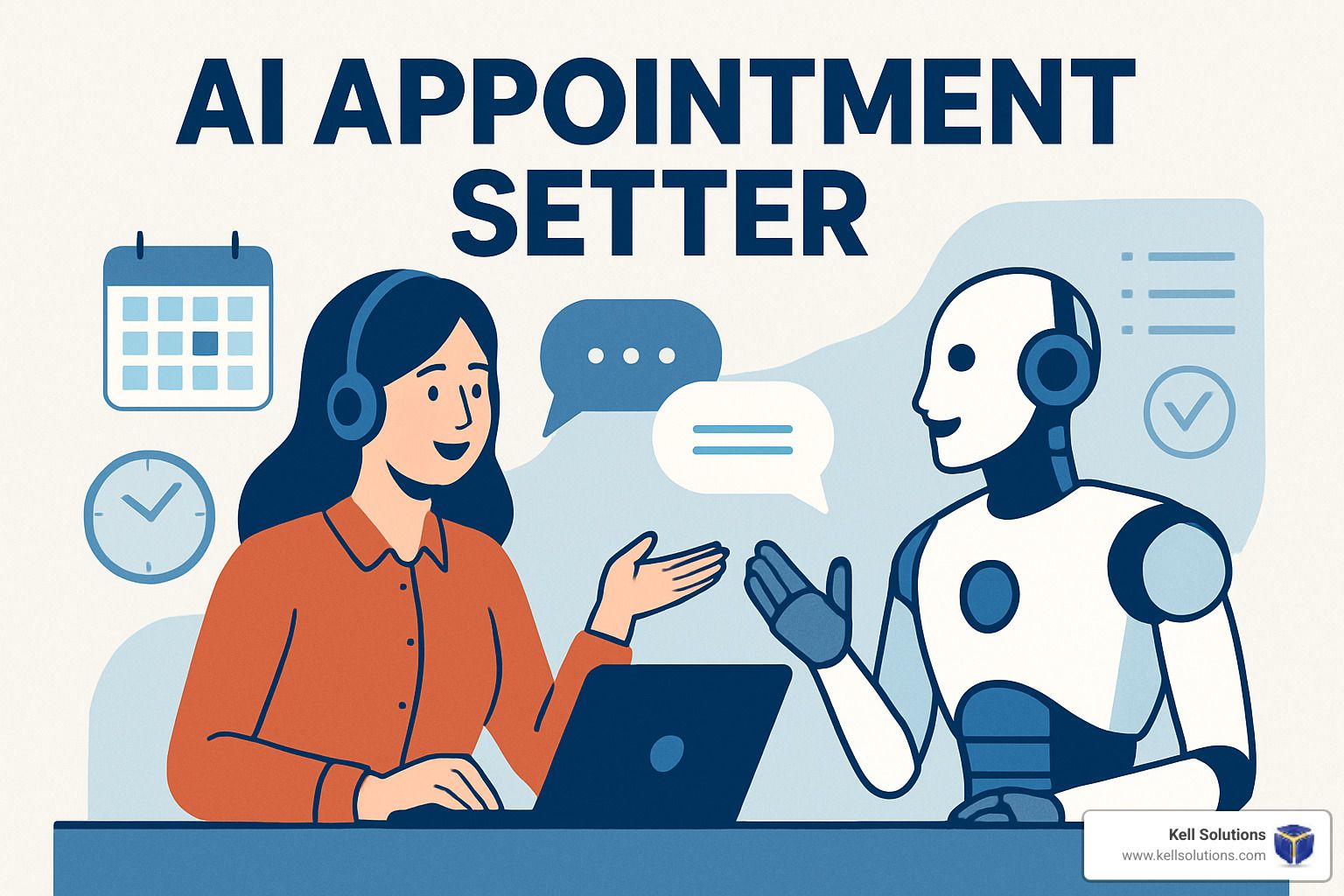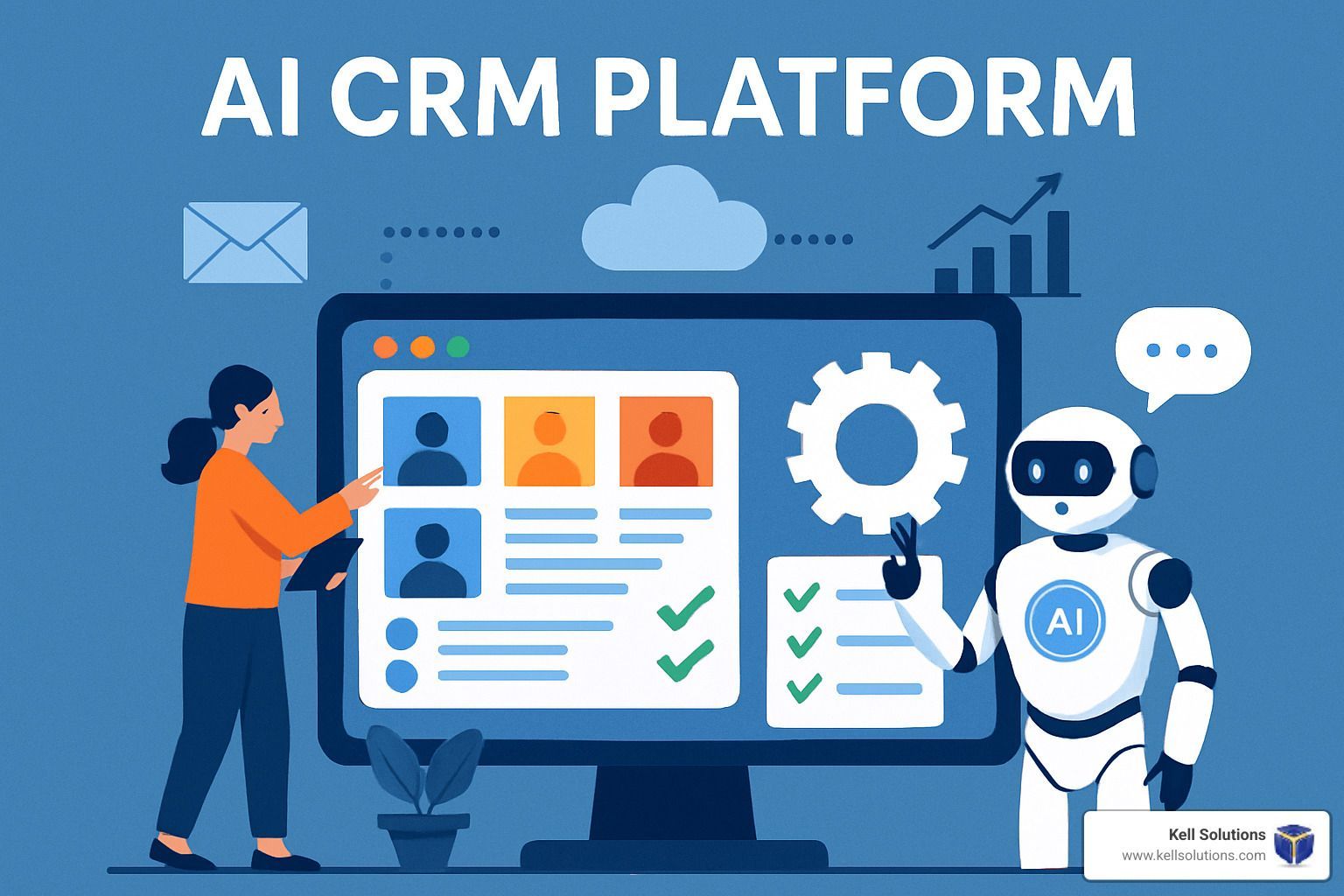How to Optimize for AI Overviews: The Ultimate Guide with Real-World Examples
Boost Your SEO in the AI Era: A Comprehensive Guide to Succeeding with Google’s AI Overviews
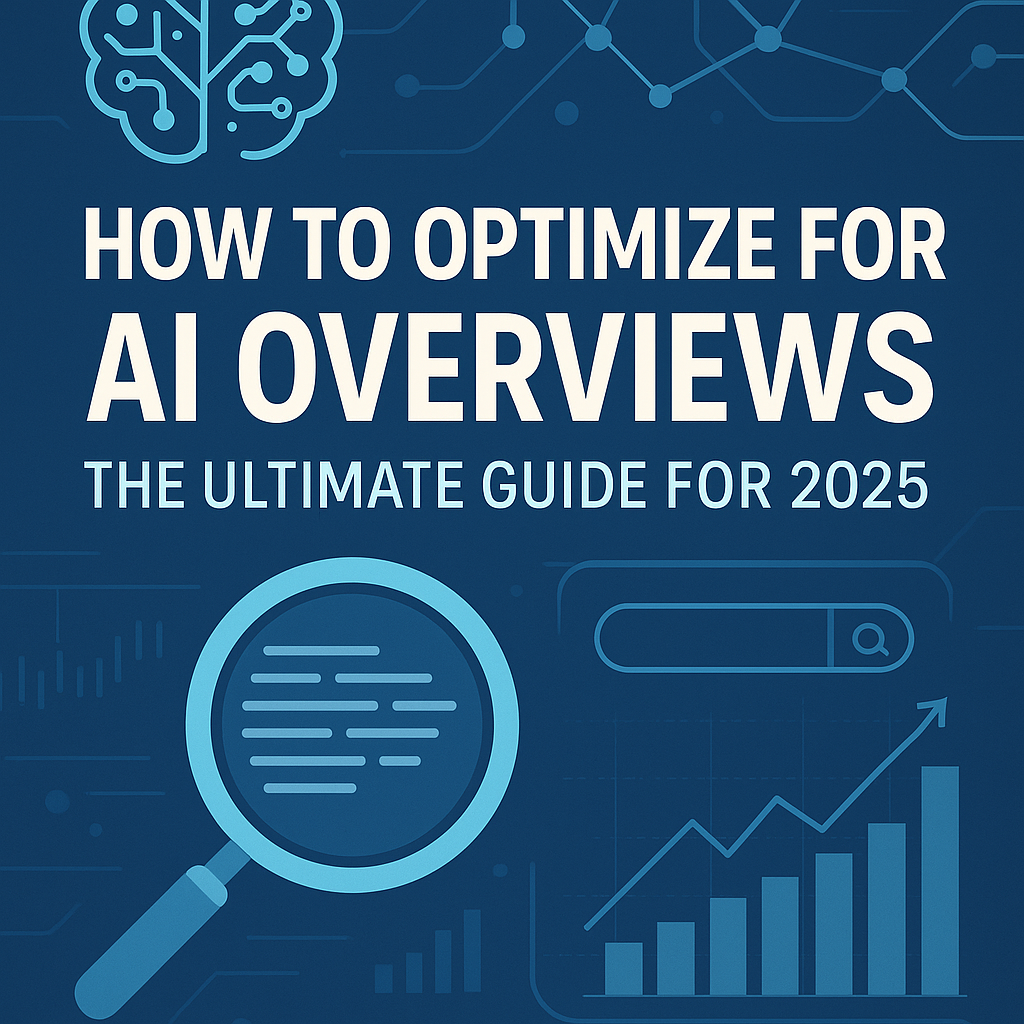
Google’s AI Overviews are transforming the search landscape, offering users instant answers and forcing marketers to rethink their SEO strategies. As AI Overviews now appear in up to 52% of searches in some industries, it’s more important than ever to ensure your content is structured, authoritative, and easy for AI to understand. In this comprehensive guide, we’ll explore proven tactics for appearing in AI Overviews, illustrate them with real-world examples, and show you how to adapt your content strategy for the AI era.
What Are AI Overviews?
AI Overviews are AI-generated summaries that appear at the top of Google search results for many queries. These summaries pull information from multiple authoritative sources to provide users with direct, concise answers—often before they click through to a website. For example, a search for “how much caffeine is in coffee vs. tea” might display an AI Overview that says, “Coffee generally contains more caffeine than tea,” with links to several sources for further reading.
Why AI Overviews Matter for SEO
AI Overviews are not just another SERP feature—they represent a fundamental change in how Google delivers information:
- Instant Answers: Users get quick, synthesized answers to their questions, reducing the need to click through to websites.
- Traffic Redistribution: Pages featured in AI Overviews can see traffic spikes, while those excluded may lose significant visibility.
- Increased Competition: With more content competing for fewer clicks, only the most authoritative, well-structured, and relevant content will be cited in AI Overviews.
How to Optimize for AI Overviews: A Step-by-Step Guide with Examples
1. Make Content Skimmable and Digestible
Example:
A travel blog post titled “10 Best Restaurants in Paris” is more likely to be cited in AI Overviews if it uses clear subheadings, bullet points, and short paragraphs. For example:
Top 3 Restaurants in Paris
- Le Jules Verne: Famous for its panoramic views of the Eiffel Tower.
- L’Ambroisie: Michelin-starred dining in the heart of Paris.
- Frenchie: Trendy spot known for creative cuisine.
This structure makes it easy for both users and AI to extract key information.
2. Use Clear and Conversational Language
Example:
Instead of writing, “Caffeine content in coffee is determined by the brewing method and bean type,” a more conversational approach would be:
“Wondering how much caffeine is in your coffee? It depends on how you brew it and what beans you use. A typical cup of coffee has about 95 mg of caffeine, but espresso can have even more per shot.”
This style is more likely to be picked up by AI Overviews because it directly answers user questions in natural language.
3. Use Relevant Related Questions as Headings
Example:
For a post about “How to Grow Tomatoes,” use headings like:
- What is the best soil for growing tomatoes?
- How often should I water my tomato plants?
- What are common tomato plant diseases?
Each section provides a concise answer, making it easy for AI to extract and summarize key points.
4. Use Lists and Subheadings to Increase Extractability
Example:
A how-to guide for “How to Bake a Cake” might include:
Ingredients Needed
- 2 cups flour
- 1 cup sugar
- 1/2 cup butter
Step-by-Step Instructions
- Preheat oven to 350°F.
- Mix dry ingredients.
- Add wet ingredients and mix well.
- Pour batter into pan and bake for 30 minutes.
This format is ideal for AI Overviews because it breaks information into easily digestible chunks.
5. Express a Key Takeaway for Clarity
Key Takeaway:
The key to success in the age of AI Overviews is not just ranking high, but being seen as a trusted, authoritative source that Google’s AI wants to cite.
6. Link Strategically with Descriptive Anchor Text
Example:
Instead of writing, “Click here for more tips,” use:
“For more advanced cake baking techniques, see our guide to decorating cakes.”
Descriptive anchor text helps AI understand the context and relevance of your links.
7. Meet Technical SEO and UX Standards
Example:
A recipe blog that loads in under 2 seconds, uses HTTPS, and is mobile-friendly is more likely to be featured in AI Overviews than a slow, outdated site. For instance, “The Planet D” travel blog saw a 90% drop in traffic after failing to adapt to technical SEO changes and
AI Overviews.
8. Build Topical Authority Over Time
Example:
A fitness website that publishes a pillar page on “How to Start Running,” supported by articles on “Best Running Shoes,” “Running for Beginners,” and “How to Prevent Running Injuries,” creates a content cluster that demonstrates expertise and increases the likelihood of being
cited in AI Overviews.
Advanced Strategies: The CSQAF Framework with Examples
The CSQAF framework—Citations, Statistics, Quotations, Authoritativeness, and Fluency—can further boost your chances of appearing in AI Overviews.
- Citations: Reference authoritative sources, such as “According to the Mayo Clinic, regular exercise can reduce the risk of chronic diseases.”
- Statistics: Include current data, such as “A 2024 study found that 78% of users prefer content with clear subheadings and lists.”
- Quotations: Add expert insights, such as “As Dr. Jane Smith explains, ‘Proper hydration is essential for marathon runners.’”
- Authoritativeness: Demonstrate expertise, such as “Our team of certified nutritionists recommends eating a balanced diet.”
- Fluency: Ensure your content is clear and well-structured, as shown in the examples above.
The Role of E-E-A-T in AI Overviews
Google’s E-E-A-T (Experience, Expertise, Authoritativeness, Trustworthiness) principles are critical for appearing in AI Overviews.
Example:
A financial advice blog that features author bios, links to certifications, and cites reputable sources is more likely to be
cited in AI Overviews for queries like “How to invest for retirement.”
The Impact of AI Overviews on Traffic and Revenue:
Real-World Cases
- HubSpot: Saw an 80% drop in organic traffic from informational blog posts but a 21% increase in revenue from more qualified leads. The company adapted by focusing on higher-value, conversion-driven content and expanding into new channels like newsletters and multimedia.
- Mail Online: Experienced a 56.1% drop in desktop CTR and a 48.2% drop in mobile CTR when AI Overviews appeared, even when ranking #1 in organic results.
- Chegg: Suffered a 24% revenue drop and a 90% decline in market capitalization after AI Overviews began summarizing its educational content.
- The Planet D: Lost 90% of its traffic, leading to staff layoffs, as its travel content was directly included in AI Overviews.
Practical Tips for Ongoing Optimization
- Monitor AI Overview Appearances: Use tools like SEMrush or SEOwind to track which keywords trigger AI Overviews and whether your content is featured.
- Analyze Competitor Content: Study the structure, format, and depth of content that consistently appears in AI Overviews. For example, SE Ranking found that their “What is” definition sections were frequently cited in AI Overviews.
- Test and Refine: Experiment with different formats, such as adding summary sections or using more images and videos.
- Update Content Regularly: Keep your content fresh with new data, insights, and examples to maintain visibility.
The Future of AI Overviews
Google is continuously testing new features for AI Overviews, including more personalized and comprehensive answers. The global rollout is expected to accelerate, making optimization for AI Overviews a critical part of any SEO strategy.
AI Overviews are reshaping the search landscape, offering both challenges and opportunities for marketers. By focusing on clarity, structure, authority, and user intent—and by following the real-world examples and best practices outlined above—you can position your content for maximum visibility in this new era of search.
For more expert insights and tailored SEO solutions, visit Kellsolutions.com.
Frequently Asked Questions (FAQs)
What are AI Overviews and how do they differ from featured snippets?
AI Overviews are AI-generated summaries that appear at the top of Google search results for many queries, pulling information from multiple authoritative sources to provide users with direct, concise answers. Unlike featured snippets, which typically highlight a single answer from one source, AI Overviews synthesize insights from several sources and may include multiple links within the summary.
How can I increase the chances of my content being featured in AI Overviews?
To improve your chances of being featured in AI Overviews, focus on creating high-quality, authoritative content that is well-structured, easy to scan, and directly answers user questions. Use clear headings, bullet points, and lists; implement relevant schema markup (such as FAQ or HowTo); and ensure your content is up-to-date and covers related topics thoroughly.
Do AI Overviews reduce website traffic?
AI Overviews can reduce overall website traffic, as users often get their answers directly from the summary and may not click through to the source sites. However, the traffic that does come through is typically more qualified and intent-driven. Some businesses have reported significant drops in traffic but increases in revenue due to higher-quality leads.
How does Google select content for AI Overviews?
Google’s AI (such as Gemini) evaluates high-ranking, authoritative, and relevant content that is well-structured and directly addresses user intent. The system looks for content with clear formatting, up-to-date information, expert quotes, and structured data. Content that ranks in the top positions for a query is most likely to be selected, but Google may also consider related queries if the top results lack diversity or quality.
Can I track how often my content appears in AI Overviews?
Currently, Google Search Console does not provide a dedicated report for tracking AI Overview appearances. However, you can use third-party tools like SEMrush, SEOwind, or Sistrix to monitor whether your content is being cited in AI Overviews for specific queries. Regularly reviewing your analytics and competitor content can also help you identify opportunities for optimization.


Orange County HVAC Google AI Overview Domination: 7 Proven Strategies to Capture Featured AI Results






